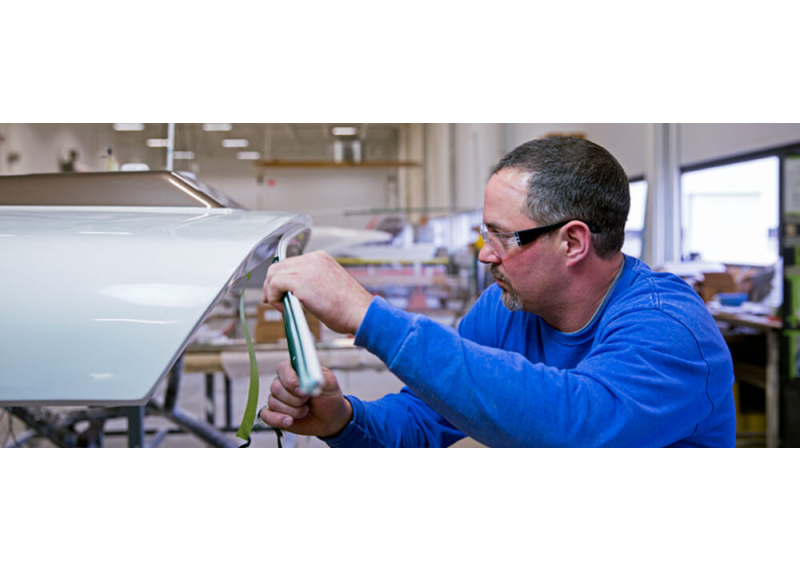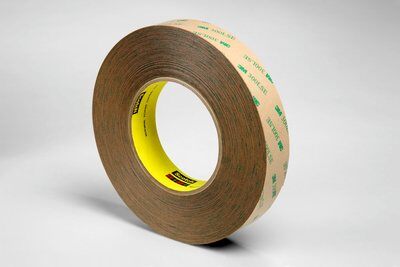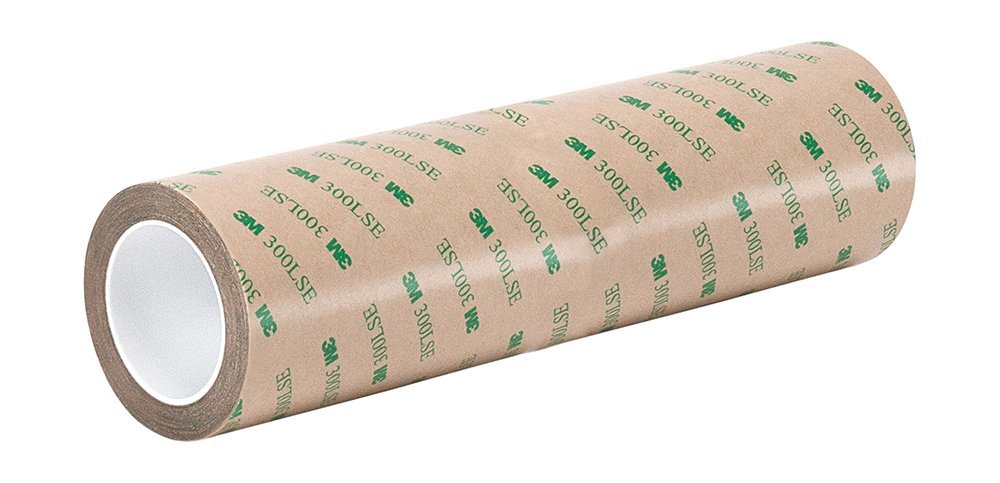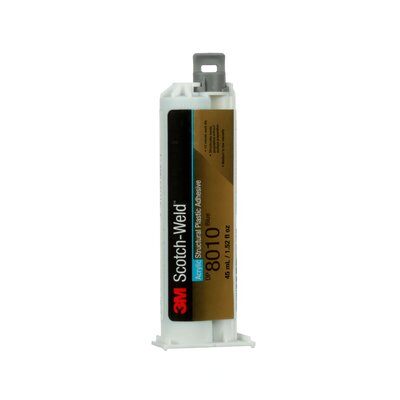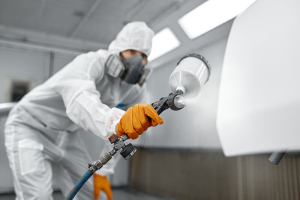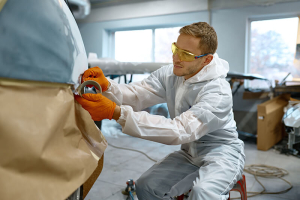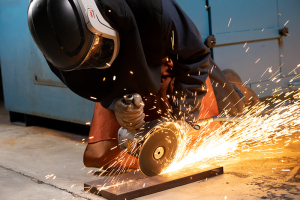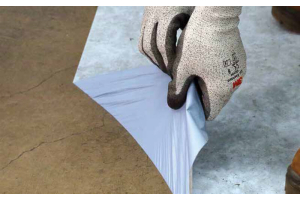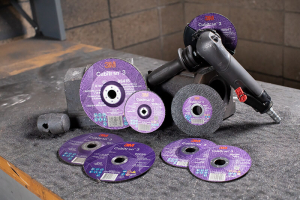Understanding How Surface Energy Affects Adhesive Bonding
Are You Considering Surface Energy And Tension
In Your Adhesive Selection Process?
Part 1 of a two-part blog on surface energy and its effects on adhesives
When designing a new product manufacturing process using adhesive bonding, it's important to consider two key factors - surface energy and surface tension. Understanding their impact on the process will help ensure you're selecting the best method for your specific product.
Surface energy is used to estimate how receptive a substrate is to adhesives while surface tension is used to estimate an adhesive's ability to flow over a substrate. Surface tension can also be referred to as "wetting" or "wet-out" and is an important part of choosing the best adhesive for a substrate.
Determining Surface Energy
Surface energy determines how easy or difficult it is for other materials to stick to the source material. For example, higher surface energy materials are usually easier to stick to, while lower surface energy materials are more difficult to stick to.
A good example of this is an aluminum frying pan. It's easier to stick to than a non-stick pan because aluminum has a higher surface energy than the non-stick coating. In these situations, here's a good rule to follow:
If the surface has a higher surface energy than the liquid's surface tension, it will flow and wet-out the surface. That's why water (surface tension = 72 dyn/cm) will wet-out an aluminum pan (surface energy = 840 dyn/cm), but it will bead-up on a PTFE non-stick pan (surface energy = 18 dyn/cm).
The Science Behind Surface Energy
These two distinct differences are caused because molecules prefer to be in lower energy states. Bulk materials are more stable than surfaces, so when the liquid touches the material's surface, the material tries to pull that liquid over the surface to make more stable bonds and lower their energy.
Liquids will also try to form themselves into a ball – it has the lowest surface area to volume ratio - which creates the lowest surface energy it can get alone. For liquids, this is called "surface tension". The material tries to pull the liquid over its surface, and the liquid tries to resist and ball up on the surface. The net interaction needs to result in lower energy for the system of the two.
If the surface energy of the material is greater than the surface tension of the liquid, the material will pull the liquid over itself. If the surface tension is higher than the surface energy, the liquid will resist flowing onto the surface. Understanding this principle is important because it affects how your adhesive will react during the assembly of your product.
Have more questions? Post a question to 3M's assembly forum or to see how this applies to selecting the best adhesives for your project, read our next blog.
See Why We're The Top Supplier For Industrial, Marine and Safety
30-Second Summary:
- ✔ When designing a new product manufacturing process using adhesive bonding, it's important to consider surface energy and surface tension.
- ✔ Surface energy determines how easy or difficult it is for other materials to stick to the source material.
- ✔ You need to understand how your adhesive will react to determine what you should use.
- ✔ Some adhesives will spread out over the surface, while others will ball up.

